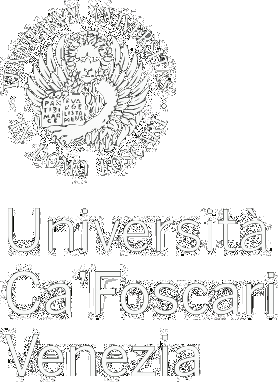Journal |
Rassegna iberistica
Journal issue | 42 | 112 | 2019
Research Article | Gossip and Vanity: Two Possible Ways of Discerning Death in Los dos retratos by Norah Lange
Gossip and Vanity: Two Possible Ways of Discerning Death in Los dos retratos by Norah Lange
Abstract
In this article, death is linked to the very fleeting nature of time, and to how time has something of uncontrollable and fluid. In the context of a wealthy family, dying means that memories (as foundations of a solid family life) become distorted, and physical beauty vanishes: to die is to disfigure, dying is disfiguring oneself. In order to carry out this analysis, it will be essential to study the function of some elements that indicate permanent presence in the text such as photographs, mirrors, gossip. Thus, we will use reflections by Schnaith regarding death, Berger’s writings that allow us to meditate on the action of looking, Barthes’ text analysing photographic images and Cozarinksy’s works regarding gossip.
Submitted: Oct. 4, 2018 | Accepted: June 18, 2019 | Published Dec. 4, 2019 | Language: es
Keywords Mirror • Familia • Woman • Mirar • Espejo • Family • Retratos • Ties • Gossip • Mujer • Vínculos • Death • Look • | Muerte • Chisme • Portraits
Copyright © 2019 Mariana Concolino. This is an open-access work distributed under the terms of the Creative Commons Attribution License (CC BY). The use, distribution or reproduction is permitted, provided that the original author(s) and the copyright owner(s) are credited and that the original publication is cited, in accordance with accepted academic practice. The license allows for commercial use. No use, distribution or reproduction is permitted which does not comply with these terms.
Permalink http://doi.org/10.30687/Ri/2037-6588/2019/112/004





